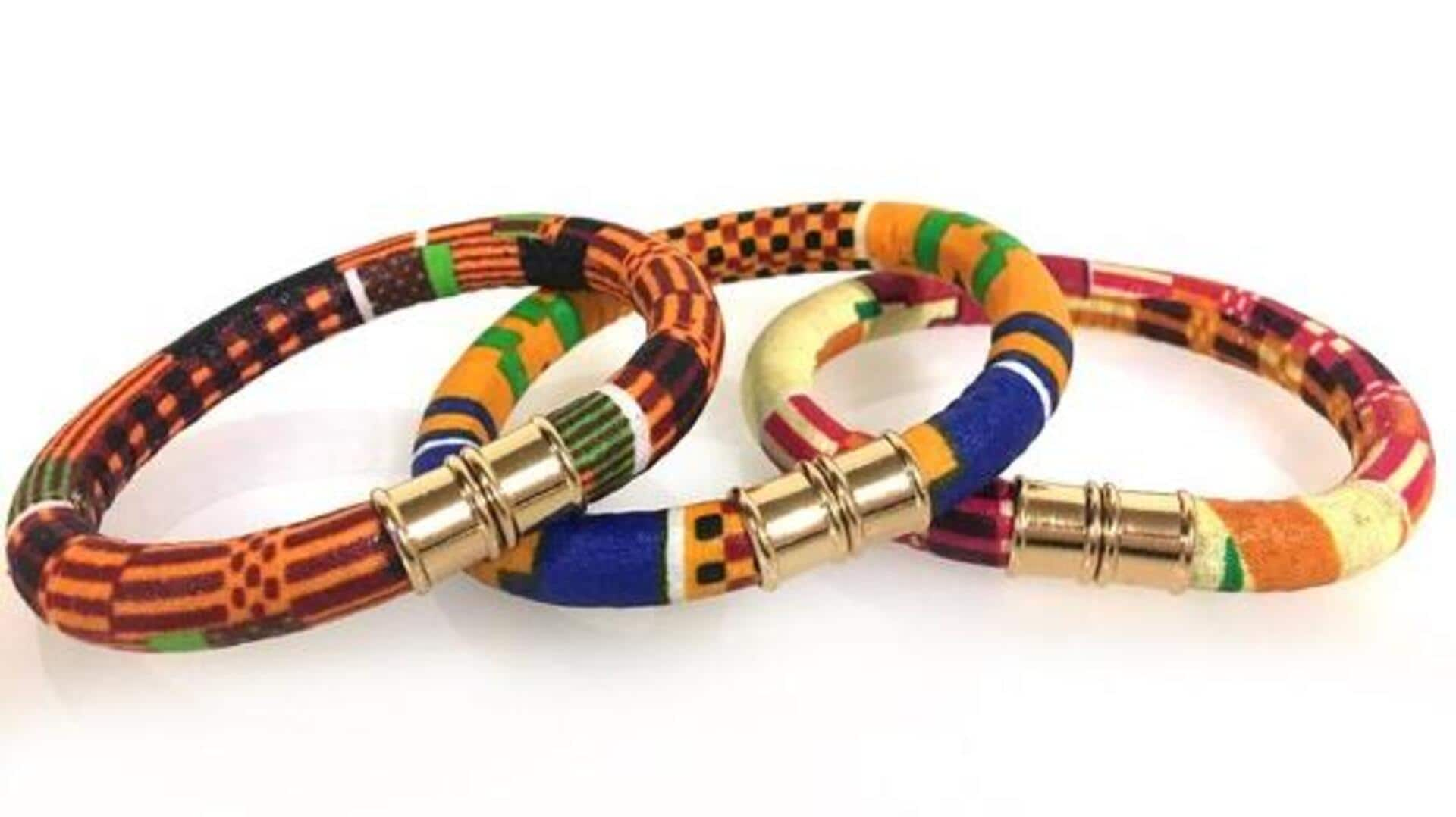
DIY: How to craft Kente-style bracelets
What's the story
Creating a Kente-style bracelet is a wonderful way to embrace African culture and craft something beautiful. Kente cloth, which is known for its vibrant colors and intricate patterns, makes for an excellent source of inspiration for jewelry making. By following a few simple steps, you can create a unique bracelet that reflects the rich traditions of African art. Here's how you can get started with your own Kente-style bracelet.
Materials needed
Gather your materials
To make a Kente-style bracelet, you need some basic materials. Get colorful beads that mimic the hues of traditional Kente cloth. You will also need elastic string or wire to hold the beads together. A pair of scissors would be handy to cut the string or wire to the desired length. All these materials are easily available at craft stores or online.
Color selection
Choose your color scheme
Choosing the right color scheme is key to replicating the essence of Kente cloth in your bracelet. Kente designs are known for their bold colors like red, green, yellow, and blue. Pick beads in these colors to get an authentic look. You can also look at traditional Kente patterns for inspiration when selecting your color combination.
Assembly process
Stringing the beads
Once you have all materials ready, it's time to string the beads together. Cut a piece of elastic string or wire according to your wrist size, leaving some extra length for tying knots later. Start by threading one bead at a time onto the string or wire in your chosen order. Make sure each bead is securely placed before adding another.
Final touches
Secure your bracelet ends
After all beads are strung on the elastic string or wire, it's time to secure both ends properly so that they don't come apart while wearing it. Tie several knots tightly if using elastic string; if using wire, twist both ends securely together with pliers, if necessary, before trimming any excess material. This ensures durability when wearing this handcrafted piece regularly over time without losing shape easily due to wear-and-tear factors involved naturally during use cases encountered frequently throughout daily activities undertaken routinely.